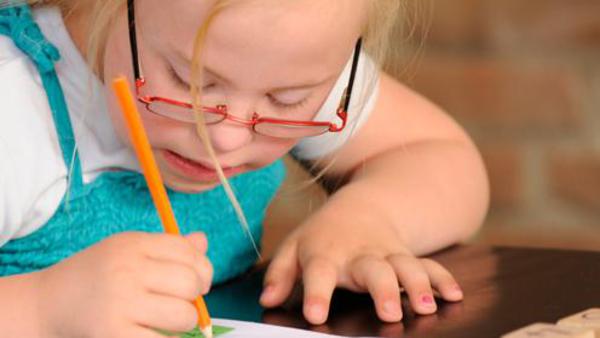For children with cerebral palsy, handwriting can present a challenge. The decreased level of coordination they experience can make it difficult for them to form letters, and weakness of hand muscles makes writing tools harder. As frustrating as this can be, with the help of parents, educators and caregivers, handwriting can be accomplished in a fun and educational way.
Strengthening exercises can help with the child’s grip. Encouraging proper posture will also assist with control and special larger writing tools will allow for better grip. Adults can also help the child learn to write well by placing their hand over the child’s while they write, guiding them through the process. As they make progress, this guiding hand can be reduced back to the wrist, then the elbow until the child is able to write the letters independently.
Visual motor skills can be developed by having the child form letters out of clay or other materials so they will be better able repeat the patterns in writing. Tracing existing patterns has also proven effective in helping children learn the shapes of individual letters. Many children with cerebral palsy experience visual impairment as well and may need to be given extra time to practice with smaller writing tasks.













